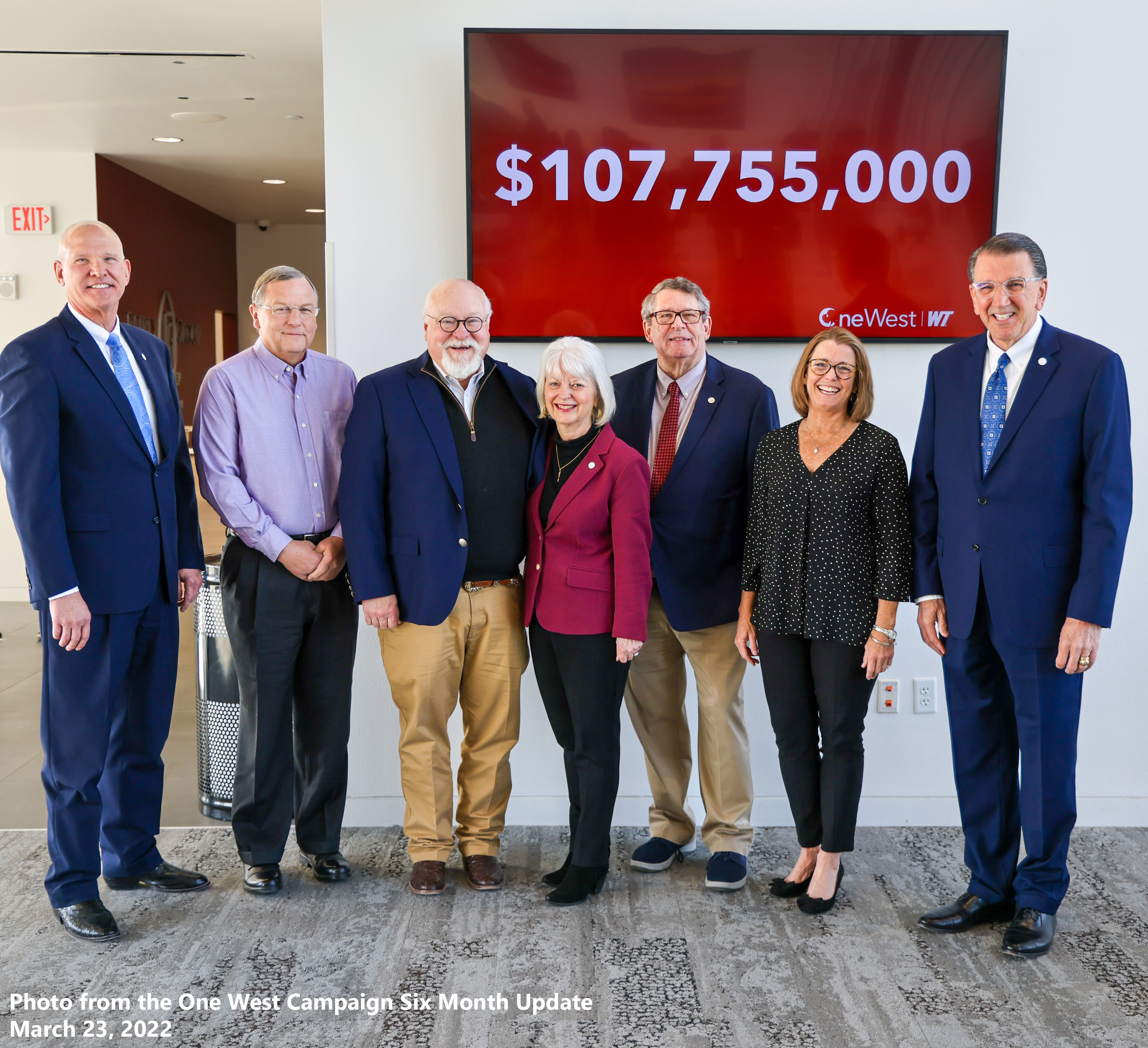
Fifth and final in a series on philanthropy in higher education
Campaigns have become the staple of most non-profit fundraising. The first fundraising campaign in the United States is believed to have taken place in 1641 when Harvard College representatives went to England to solicit funds to educate the colonies. Campaigns supporting education—a good thought then, a great thought now. Throughout human history, people have collected money for causes, and it continues today. What is different today is how funds are raised and the amount of money given.
The fathers of modern fundraising are said to be Charles Sumner Ward and Frank L. Pierce, who, in the early 1900s, were responsible for raising $350,000 to build the YMCA building in New York City. Fundraising has come a long way since then. While Ward and Pierce ushered in a new age of fundraising, they were not what we today call professional fundraisers. Sometime in the last century, as more and more non-profits sought philanthropic gifts to support their cause, the demand for full-time fundraisers emerged along with new ways to be successful in soliciting. Sometime in the latter part of the last century, fundraising has become a highly sought-after profession. Today, there are degrees in fundraising that professionals seek.
Sophistication in fundraising is necessary because of the sheer number of non-profits seeking support and the amount of money, nearly $500 billion annually in this country, that is given. You would think that the more money is given, the more non-profits get. But that is not the case. Those who are good at raising a lot of money get a lot more money. Fundraising campaigns remain a key part of fundraising success.
Campaigns typically are of two types. First, are “project” campaigns. Those types of campaigns are like raising a set amount of money for a new building, supporting a program, or a cause. Second, and becoming more common, are “comprehensive” campaigns which raise a certain amount of money rather than focus on a project. Both types of campaigns are important, and each has its advantages and disadvantages.
One would be wrong to think that all campaigns are successful. Much goes into planning, executing and completing a successful fundraising campaign. Last fall, Texas A&M University celebrated their $4.25 billion Lead by Example campaign. In February, Baylor surpassed $1.1 billion in its campaign. In 2018, Harvard wrapped up a $9.6 billion campaign. West Texas A&M University has recently surpassed $100 million as part of the One West campaign which has a goal to raise $125 million. That goal has nearly been met.
Years, thousands of staff hours, and upfront financial investments are necessary to execute a successful campaign. The average time, start to finish, for a fundraising campaign in higher education is ten years. Compared to the average tenure of a university president, which is five years, campaigns require professional guidance to see them through to successful completion. We all know that in the end, it is donors who make a campaign successful.
Successful campaigns hinge on a compelling vision coupled with a value proposition that generates donors’ and prospects’ engagement and commitment. For some institutions, the compelling vision is no more than being a bigger, better or wealthier version of itself which is valuable enough. For most institutions, a key part of campaign planning is the careful consideration of forming a compelling vision that the campaign will fuel. The vision must clearly add value to the institution and beyond.
Campaign success measured only in dollars raised is a poorly conceived campaign that is likely to miss the mark on value proposition. Yes, hitting the dollar goal is essential, but more must happen than raising money. The institution should be better in measurable ways. For example, more people should know about the institution’s value; the brand should be elevated; the engagement with new constituents should be possible; the community should somehow benefit directly or indirectly from the campaign.
Fundraising campaigns are here to stay, at least in the foreseeable future. Is all we have to look forward to more frequent and larger campaigns? Or is there something more we should expect from campaigns in the future? How will the digital and social media age transform the future of fundraising?
We welcome the answers to these questions. WT is innovative and committed to progress, especially in the Texas Panhandle, as expressed in WT 125: From the Panhandle to the World.
Walter V. Wendler is President of West Texas A&M University. His weekly columns are available at https://walterwendler.com/
Todd W. Rasberry, Ph.D. is Vice President for Philanthropy and External Relations, and Executive Director of the WTAMU Foundation.







